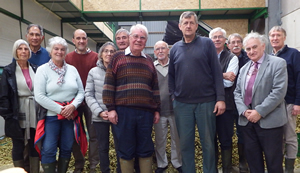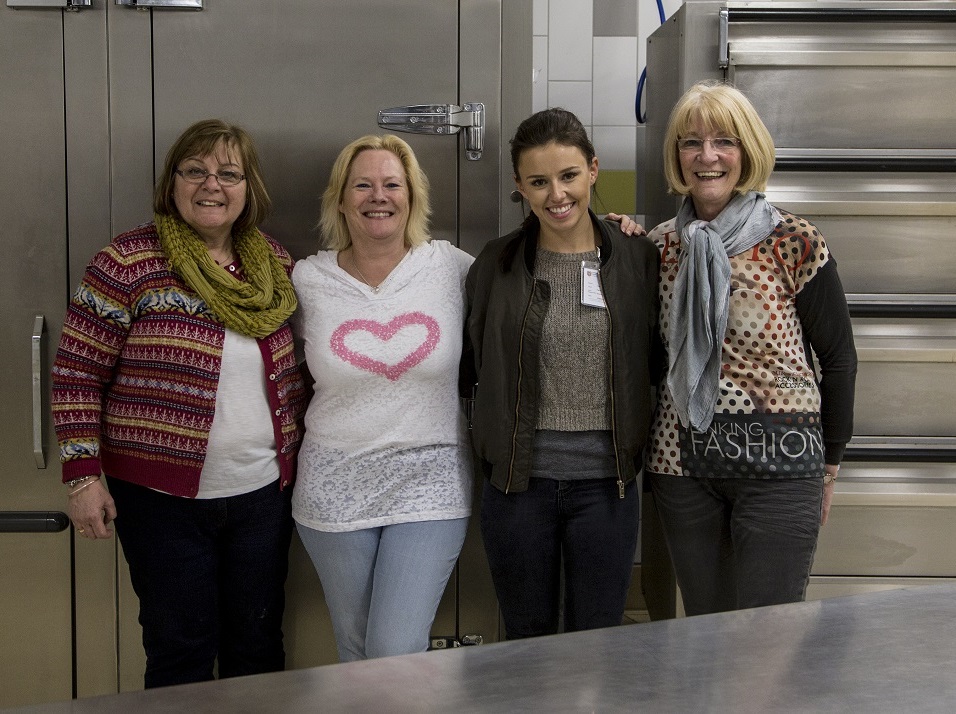South East Branch Visit to Redland’s Farm, Salehurst
 Food science is concerned with the whole of the supply chain from farm to fork. And it was this in mind that the Branch organised a visit to Redland’s Farm hop farm near Salehurst on 16th September. All 13 of us met for lunch at the Salehust Halt pub where we sampled Harveys Brewery’s excellent Sussex best bitter made with eponymous hops from last year’s harvest on the farm we were about to visit.
Food science is concerned with the whole of the supply chain from farm to fork. And it was this in mind that the Branch organised a visit to Redland’s Farm hop farm near Salehurst on 16th September. All 13 of us met for lunch at the Salehust Halt pub where we sampled Harveys Brewery’s excellent Sussex best bitter made with eponymous hops from last year’s harvest on the farm we were about to visit.

